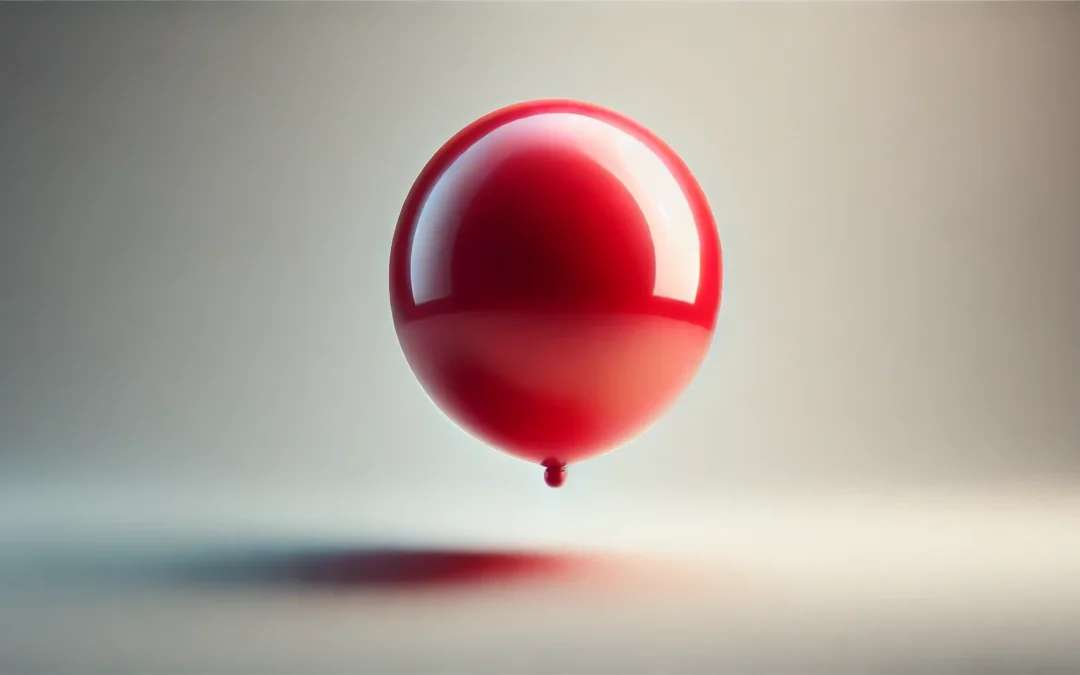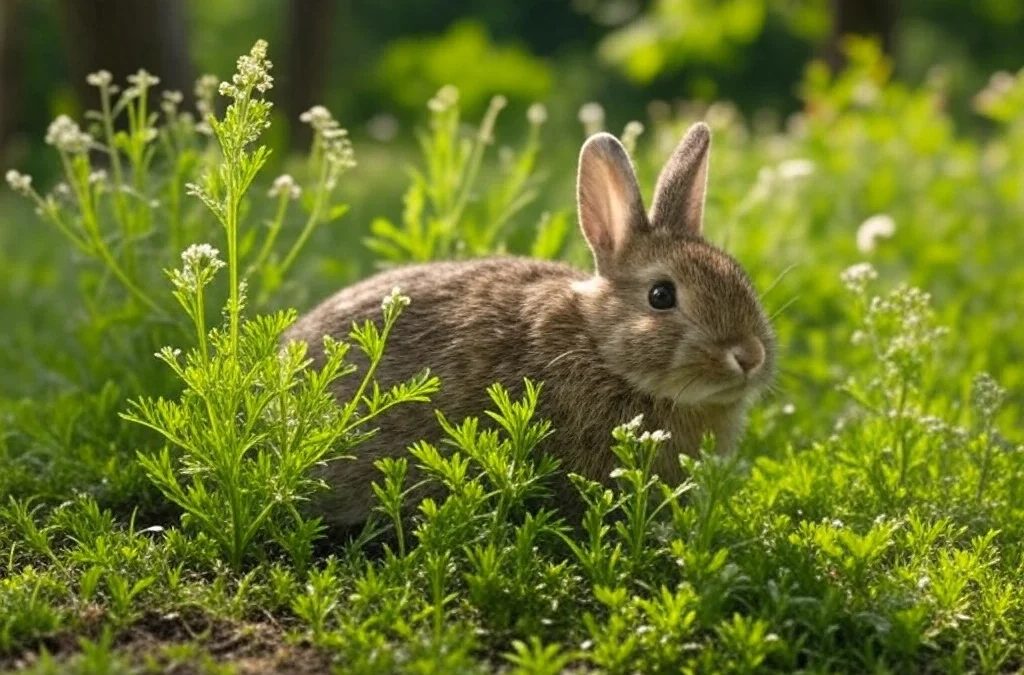Nature is full of amazing things that exist without human involvement. From towering mountains to tiny grains of sand, natural things shape the world around us. Whether living or non-living, these things play a role in life on Earth. This list covers 100 natural things, including plants, minerals, weather events, and more. If you’ve ever wondered what counts as a natural thing, this guide will give you clear examples and explanations.
What Is a Natural Thing?
A natural thing is anything that exists in nature without human interference. These include plants, animals, minerals, water, air, and other elements found in the environment. Natural things are not man-made or artificially created; they occur naturally through biological, geological, or atmospheric processes. From towering trees to flowing rivers and shining gemstones, nature provides countless examples of natural things that shape our world.
100 Natural Things
- Water
- Air
- Sunlight
- Soil
- Trees
- Grass
- Flowers
- Fruits
- Vegetables
- Seeds
- Leaves
- Roots
- Branches
- Bark
- Moss
- Fungi
- Mushrooms
- Ferns
- Cactus
- Seaweed
- Algae
- Coral
- Sand
- Rocks
- Pebbles
- Clay
- Minerals
- Crystals
- Quartz
- Diamonds
- Gold
- Silver
- Copper
- Iron
- Salt
- Honey
- Beeswax
- Pollen
- Cotton
- Wool
- Silk
- Leather
- Feathers
- Bones
- Shells
- Pearls
- Amber (fossilized tree resin)
- Charcoal
- Coal
- Petroleum
- Natural Gas
- Lava
- Ash
- Snow
- Ice
- Rain
- Hail
- Fog
- Dew
- Clouds
- Wind
- Lightning
- Thunder
- Ocean
- Rivers
- Lakes
- Ponds
- Waterfalls
- Streams
- Springs (natural water source)
- Geysers
- Hot Springs
- Mountains
- Valleys
- Hills
- Caves
- Cliffs
- Deserts
- Glaciers
- Volcanoes
- Earthquakes
- Hurricanes
- Tornadoes
- Coral Reefs
- Ecosystems
- Forests
- Rainforests
- Grasslands
- Savannas
- Wetlands
- Tundras
- Bioluminescent Algae
- Photosynthesis
- Oxygen
- Carbon Dioxide
- Nitrogen
- Hydrogen
- DNA
- Fossils
- Meteorites
Types of Natural Things
Natural things come in many forms. Some are living, while others are non-living. Some can be touched, and others are invisible but still essential. Understanding the different types of natural things helps us see how the world around us works.
1. Living Natural Things
Living things are those that grow, change, and reproduce. They include plants, animals, and microscopic organisms. Trees, flowers, and grass are all natural. So are birds, fish, and insects. Even bacteria and fungi, though tiny, are part of this group. These living things depend on air, water, and food to survive.
2. Non-Living Natural Things
Not everything in nature is alive. Many natural things don’t grow or move but are still important. Water, air, sunlight, and rocks are good examples. A river flows, but it’s not alive. Mountains stand tall for centuries, but they don’t breathe or reproduce. These things help shape the world and support life.
3. Earth’s Natural Elements
Some natural things form deep inside the Earth. Minerals, metals, and gemstones come from the ground. Gold, silver, and diamonds are natural, not man-made. Soil, sand, and clay are also part of the Earth’s natural materials. They make up the land we walk on.
4. Natural Forces and Phenomena
Nature isn’t just made up of objects. Forces and events also happen naturally. Rain, wind, and lightning are not created by humans. The sun rises and sets without anyone controlling it. Earthquakes, volcanoes, and tides happen on their own. These natural forces shape landscapes and affect life in many ways.
5. Atmospheric Natural Things
Some natural things can’t be touched but are still real. The air we breathe is natural. Oxygen, nitrogen, and carbon dioxide exist in the atmosphere. Clouds, fog, and mist are also part of nature. Even sound waves and sunlight, though invisible, are natural things that affect daily life.
Natural Things That People Often Overlook
People notice the big things in nature—mountains, oceans, forests. But some of the most important natural things go unnoticed in daily life. They are everywhere, shaping how the world works, yet most people rarely think about them.
The Air We Breathe
Nobody sees it, but without it, life wouldn’t exist. Air is a mix of oxygen, nitrogen, and other gases. Every inhale and exhale depends on it. Even wind, which people usually only notice on a stormy day, is just moving air. It affects weather, spreads seeds, and even helps birds glide across the sky.
The Ground Beneath Us
Most people walk on it without a second thought. Soil, sand, and rocks make up the foundation of life. Plants grow in it. Water flows through it. Animals burrow into it. Some of the most valuable natural resources—gold, silver, oil—come from deep underground. Without the earth beneath our feet, nothing could stand.
The Smallest Life Forms
People see trees, birds, and animals, but the tiniest natural things are just as important. Microorganisms in the soil help plants grow. Bacteria in the body aid digestion. Even fungi, which most people only think about when they see mushrooms, play a major role in breaking down dead matter.
Natural Sounds
Most people hear them, but few pay attention. The rustling of leaves, the chirping of crickets, the distant rumble of thunder—these are all natural sounds. They fill the world, even in cities where nature seems far away. Some sounds, like waves crashing or rain falling, can even be calming.
The Water That Moves Everything
People turn on faucets and expect water to be there. But before it reaches homes, water follows natural cycles—rivers, lakes, underground springs. Rainfall replenishes it. The ocean moves it across the planet. Without water, plants would wither, animals would die, and nothing could survive.
Nature Works in the Background
Natural things don’t ask for attention, but they are always there. They keep life running, whether people notice them or not. Taking a moment to recognize them can make the world feel a little bigger—and a lot more connected.
The Unnoticed Power of Nature in Everyday Life
Nature has existed long before people, and it will continue long after. Every part of life is connected to natural things in one way or another. Even in cities full of concrete and glass, nature is still present. The air moves, the sun rises, and the rain falls. Trees grow along sidewalks, birds nest on rooftops, and the sky changes color every evening. People often take these things for granted, but they are just as much a part of life as the buildings and roads.
Many things people rely on every day have roots in nature. The food on the table, the clothes in the closet, and the materials that built homes all come from natural sources. Even modern technology wouldn’t exist without metals, minerals, and elements that come straight from the earth. Gold, copper, and silicon—used in everything from jewelry to smartphones—were never invented, only discovered. Nature provides, and humans simply find ways to shape what is already there.
There’s something unexplainable about natural things. Standing at the edge of the ocean, looking up at a mountain, or hearing the distant sound of thunder reminds people that nature is bigger than anything they can control. It follows its own rules, with or without human interference. A river carves through rock over thousands of years. The wind shifts sand dunes into new shapes. Even the smallest seed, given enough time, can grow into a towering tree.
People spend so much time focused on things they create that they sometimes forget the importance of what already exists. A simple walk outside can be a reminder. The smell of rain, the texture of a leaf, or the warmth of the sun on the skin—these are all natural things that need no explanation. They don’t have to be understood to be appreciated. They just are.
How Natural Things Impact Daily Life
Natural things are all around us, whether we notice them or not. They shape the way we live, the things we use, and even how we feel. Some are essential for survival, while others make the world more interesting.
Essential for Life
Without natural things, life wouldn’t exist. Water, air, and sunlight are the most obvious examples. Every breath we take comes from the oxygen in the air. Every sip of water keeps us alive. The sun’s warmth makes life possible. Even food comes from nature—fruits, vegetables, and meat all originate from natural sources.
Used in Everyday Products
Many things we use daily come from natural materials. Wood from trees is used for houses, furniture, and paper. Cotton, wool, and silk make up clothing. Salt and spices from the earth flavor our food. Even metals like gold, silver, and copper—found deep underground—are used in everything from jewelry to electronics.
Weather and Natural Forces
Nature isn’t just what we see and touch. Weather is also part of the natural world. Rain waters crops, while the wind shapes landscapes over time. Some natural forces, like earthquakes and hurricanes, are powerful and unpredictable. Others, like the changing seasons, bring steady cycles that affect everything from farming to daily routines.
Affects Mood and Well-Being
People often feel different depending on their surroundings. A bright, sunny day can boost energy. A quiet walk through the woods can feel calming. Even the sound of rain or waves crashing on a shore can be soothing. Natural things have a way of shaping emotions, whether we realize it or not.
A World Shaped by Nature
Everywhere we look, natural things play a role. They provide resources, create landscapes, and influence daily life. Whether it’s the water we drink, the air we breathe, or the ground we walk on, nature is always present. Understanding the importance of natural things helps us appreciate the world as it is—without human interference.
Read also: 60 Things That Are Opposites in Nature
The Most Popular on BitGlint

Top 100 Personal Items List
Everyone uses personal items in their daily lives, often without even thinking about them. From the moment you wake up...

30 Defiance Examples & Meaning
Defiance is something most people experience at some point in life. You feel it when you say no to something that...

Top 30 Desire Examples & Definition
Desire is a powerful force that drives much of human behavior, shaping our goals, dreams, and everyday decisions. It's...

100 Non-Digital Things List
In everyday life, there are still hundreds of objects, tools, and materials that exist completely outside the digital...

30 Examples of Attention & Definition
Have you ever noticed how a catchy tune can grab your attention, even when you're busy doing something else? It's...

60 Cultural Traditions Examples & Definition
Cultural traditions are part of daily life - whether people realize it or not. They shape what we eat, how we...

Top 30 Intimacy Examples & Meaning
Intimacy goes beyond physical touch or romantic moments. It’s about closeness, trust, and connection. In everyday...
Get Inspired with BitGlint
The Latest
40 Emotional Value Examples & Meaning
Why do some messages stick — while others are forgotten? Why do people choose one brand over another, even when the product is the same? The answer often comes down to emotional value. Emotional value is what makes a message feel human. It’s the emotional connection...

30 Teasing Examples & Definition
Teasing is a common part of human interaction. People tease in different ways, for different reasons. Sometimes it is friendly. Sometimes it can hurt feelings. Understanding what teasing means and seeing clear examples helps everyone handle these moments better....
40 Thought Experiments for Curious Minds
Some questions can’t be answered with a simple yes or no. Some problems don’t have a clear solution. That’s where thought experiments come in. They aren’t just old ideas from philosophy books. Thought experiments are tools we still use to think through problems, test...
100+ Things That Are Cold
Cold is something most people understand the moment they feel it. You step outside on a freezing morning. You grab a drink straight from the fridge. You touch a metal pole in the middle of winter. That sharp, biting sensation? That’s cold. This article brings together...

